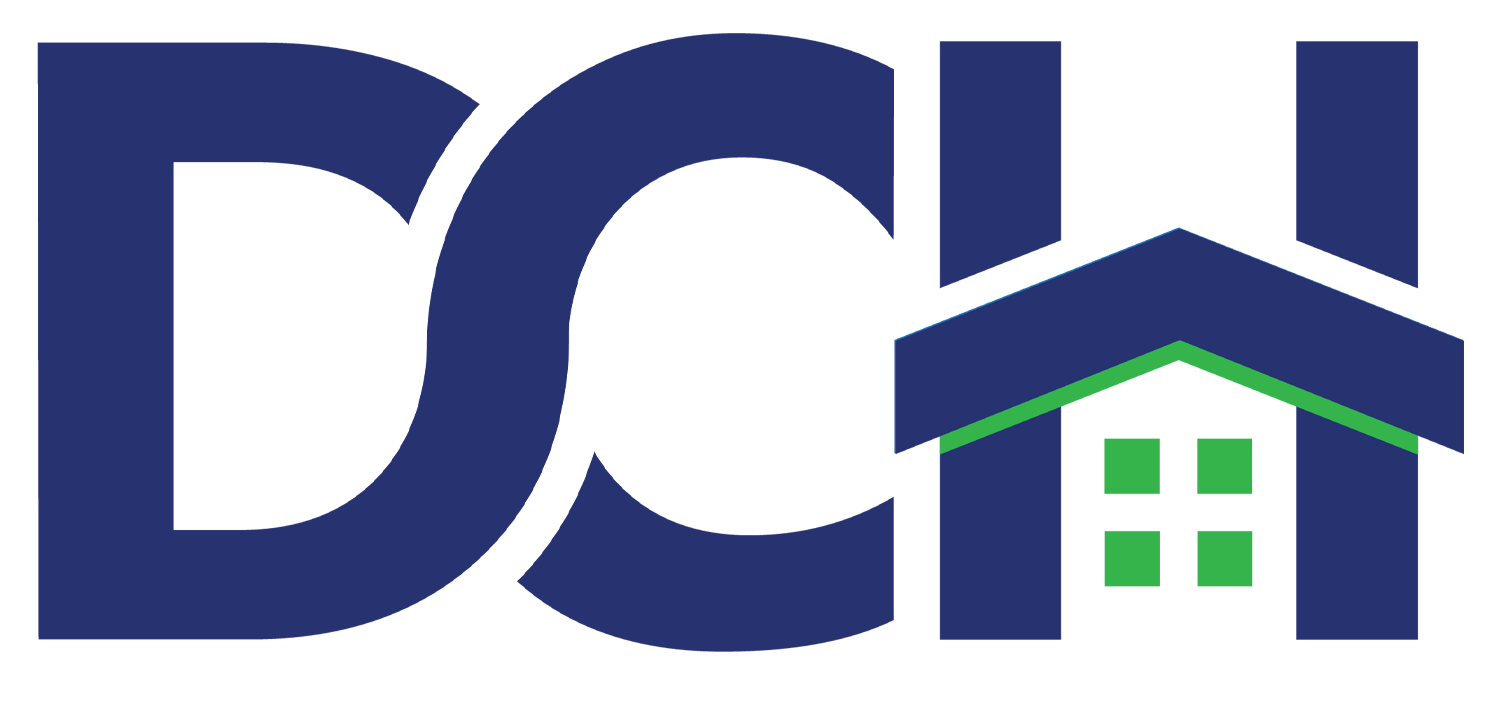Financial Literacy Month Takeaways for 2024
In 2023, Americans owed over $1.03 trillion in credit card debt, with over one-third of adults reporting that they’re “just getting by financially.” Understanding financial concepts and managing money is critically important, but it is rarely focused on as a fundamental part of education. Especially in communities where higher education is less prevalent, teaching the basics of family accounting and savings may be completely unavailable. This is where we can make a difference all year round.
Financial Literacy Roots
Financial literacy is a term developed recently since our accounting and financial transactions are digitized, and decision-making around how to pay for housing, schooling, and food is more complex. You may not think of it this way because you have a credit or debit card and use one or the other. However, when advertising, interest rates, cash back, and several incentives come into play regarding credit, it muddies the transactional nature of finances. Historically, financial literacy has been limited to the elite or those involved in finance and financial markets, a fact that is deeply inequitable. The need for basic financial knowledge is necessary across economic strata.
Financial Literacy Growth
Today, financial literacy and financial literacy initiatives encompass a wide array of topics, including budgeting, investing, retirement planning, debt management, and digital currencies. Financial literacy is not confined to personal finance. Where small businesses and entrepreneurs look to expand, they need to understand how financial statements and cash flow can make or break a business. Policymakers and nonprofits, like DCH, recognize the importance of financial literacy in promoting economic stability and reducing inequality.
Branches of Financial Literacy
Where online banking, mobile payment apps, day trading, and cryptocurrency platforms make financial transactions available at the tip of your fingers, individuals need to be even more vigilant and educated as to the repercussions and risks involved in new technologies. As we face inflation and rising housing costs, we need to consider that individuals face many unexpected financial challenges, where saving for a downpayment or an emergency fund may seem out of reach.
Moving Financial Literacy Awareness Forward
Educating populations about how financial structures work, how to save and invest, and develop responsible spending ensures our fiscal future. These tools for improve lives and help prepare for economic uncertainty. Improving financial literacy is not just a personal improvement but a joint societal effort to help communities improve lives and outcomes.
Financial literacy is not a month-long observance but an annual commitment to improving community access to financial education and initiatives to build a more prosperous and equitable future. Below are North Texas resources for building financial literacy. Let’s continue to strive for more access to financial education and bridge the gap between communities in 2024.
Resources
https://www.myncu.com/explore/learn/financial-literacy-resources
https://occc.texas.gov/consumers/consumer-education/guide

